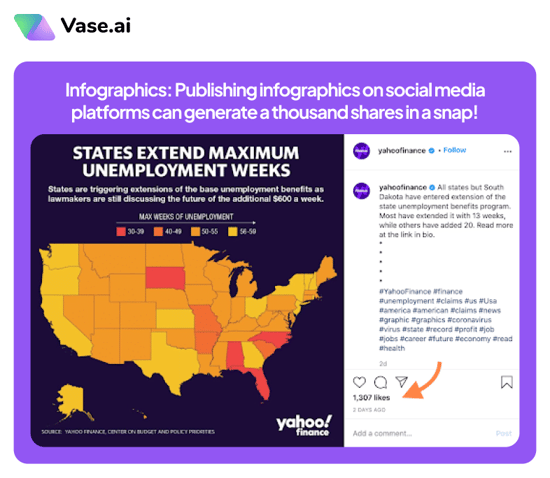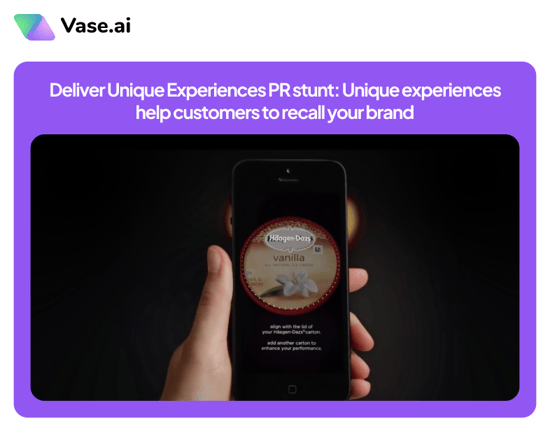Market research is rarely conducted for the sake of just knowing something; the purpose of market research is usually to find data or insights that a brand can act on to improve themselves. If a brand finds out from their market research that consumers relate their ads to something negative, they may pull or change the ad, or perhaps even issue an apology to consumers. If a brand finds that consumers are not attracted to their product packaging, they may come up with alternative packaging and conduct further research to find out which packaging appeals most to consumers.
This article focuses on a common issue among brands, especially newer or less established ones; finding that their brand awareness is low, and needing to find a way to get their brand name to be recognised by more consumers.
It can seem like a daunting task! After all, increasing brand awareness and gathering critical mass in terms of attention does require at least a little bit of creativity. But cheer up! If other brands can do it, so can you. Whether you have just started a new brand or have a new product line/verticals in production for your company, you can garner a great amount of awareness from your prospective consumers through these 4 steps:
Here's What We'll Cover:
- Piggybacking Other Brands
- Snowballing/Referral
- Infographics
- Deliver Unique Experiences PR stunt
- Focus on solving consumer pain points
1. Piggybacking Other Brands

New brands should especially take this into consideration. This strategy involves partnering with much more established and well-known brands that share similar core values as your brand, serving as a supplementary to your product. Piggybacking will help in terms of awareness and credibility as consumers will relate the values and images of the established brand that you have partnered with to your brand as well. One example of this is when Hootsuite, a social media management platform, partnered with one of the most popular TV series, Game of Thrones, to create ‘Social Media of Thrones’. It generated over a million views on YouTube alone.
2. Snowballing/Referral
 Another strategy is snowballing. Consumers are often offered discounts or freebies if able to refer certain brand products to friends, causing the level of brand awareness to increase. Not only that, it also influences other people to try the product. DropBox rewards their users an additional 500MB (up to 16gb) if they refer the product to their friends, helping them to increase the sign-up rate by 60%!
Another strategy is snowballing. Consumers are often offered discounts or freebies if able to refer certain brand products to friends, causing the level of brand awareness to increase. Not only that, it also influences other people to try the product. DropBox rewards their users an additional 500MB (up to 16gb) if they refer the product to their friends, helping them to increase the sign-up rate by 60%!
3. Infographics
Interesting data shown in a simple, but visually appealing manner can capture the attention of others. Show your prospective customers infographics of interesting topics. Publishing infographics on social media platforms can generate a thousand shares in a snap!
4. Deliver Unique Experiences PR stunt

What makes a brand stand out is their delivery of outstanding experiences to their customers. Unique experiences help customers to recall your brand. By publishing those unique experiences onto social media to be seen, an increase in brand awareness is created. Take a look into Haagen Daz’s Hologram application, in which scannable holograms are created that can be scanned using the app. This campaign generated a lot of shares on social media, gaining Haagen Daz the recognition from mentions in several publications such as news magazines.
5. Focus on solving consumer pain points
There is no shortcut or substitute to making sure your brand actually solves a problem or pain point that consumers have. If your brand isn’t actually helping consumers to make their lives easier, it makes it harder to appeal to consumers, and this lack of appeal could contribute to lack of awareness or even brand apathy.
There are some consumer needs that are obvious. For example, consumers all need toothpaste, so toothpaste brands fight among themselves to gain the coveted spot at the top of these consumers' minds. All car owners need some form of fuel, so petrol station brands fight it out among themselves to provide convenience to ingratiate themselves into consumers’ lives.
However, these are not pain points.
Let’s look at an example. In Indonesia, Rexona identified a pain point faced by disabled people; namely their difficulty in moving around. This isn’t limited to transportation issues however; the heart of the problem was that many places are simply not easily accessible to disabled people.
Rexona found that this issue was linked to their own brand DNA; to help people move. Deciding that they wanted to help, they collaborated with Grab and Google to build a mobile app and service called Gerak. It is a mobility assistant app that would tell Gerak users where the most handicapable-friendly places in their current area were located, and enable them to book transportation directly via Grab. The app was made user-friendly for handicapable individuals, including a voice-activated chatbot and AI capabilities.
The app was the first of its kind not only in Indonesia, but in Southeast Asia, and Gerak became the number 1 trending app in the ‘Travel and Local’ category on the Google Play Store.
If you find that your brand has strayed from its purpose in helping consumers, there is no harm in going back to the drawing board to rediscover its purpose and solve consumer pain points.
Let us leave you with this final thought:
Building brand awareness is not just about promoting your brand; it should primarily be about focusing on your potential customers’ needs and helping them solve their pain points.
In building your brand awareness, be wary of posting too much self-promotional or uninteresting content as consumers find this to be a turn off. According to The Unfollow Algorithm report in 2015, 45% of consumers will unfollow a brand on social media if their platform is dominated by too much self-promotion.
So get out there and start thinking about how to build your brand by bringing your brand purpose to life!



